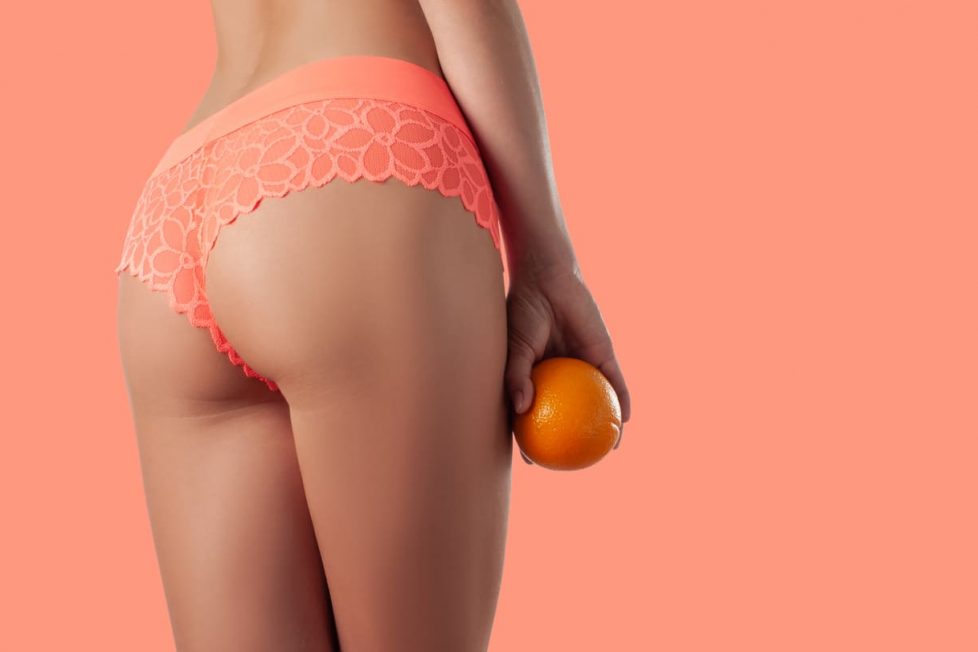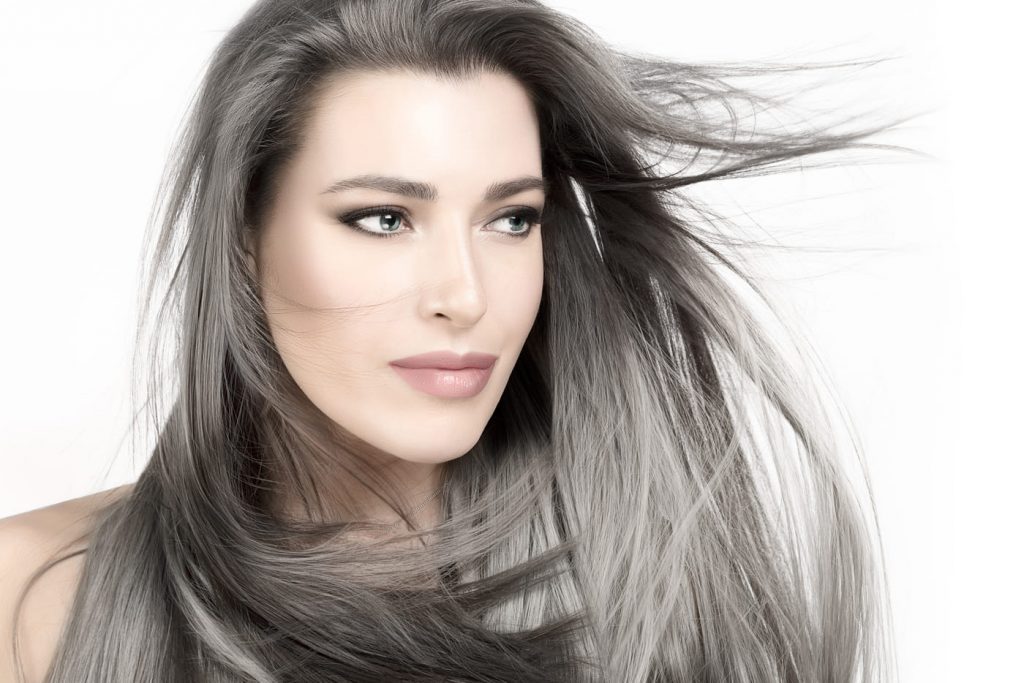Cellulite and grey hair. After the pandemic, anything goes
Cellulite and grey hair - How COVID-19 is changing the world of beauty

Cellulite and grey hair - How COVID-19 is changing the world of beauty

Cellulite and grey hair – How COVID-19 is changing the world of beauty
In not so surprising news: everything has become more stressful since March 2020. You know, when the coronavirus shut the world down and quarantine took over our lives. Within the span of a day, what we considered simple, everyday tasks, like going to the grocery store or grabbing coffee with a friend, became a lot more complicated. And dare I say… somewhat frightening?
Between trying to maintain a “regular” work schedule, managing childcare (for those who have kids), and the never-ending cycle of horrific news, our bodies, minds, and souls have grown anxious and weary — and it may be showing up on our body and hair.
Sedentarism is certainly a marked condition of the 21st century – and the global pandemic hasn’t helped the situation. Today, an average adult spends about 6.5 hours a day sitting, an increase of roughly an hour a day since the past ten years. It goes without saying that during the quarantine this figure increased, as people worked, shopped, and socialized via a computer screen. Naturally, this leads to uncomfortable side effects, such as back and shoulder pain, bloating, tired legs, and water retention, which leads to cellulite.
While every aspect of a woman’s body should be celebrated, it’s understandable that concerns like cellulite are something that women want to address. After coming out of lockdown and consumers are facing a post-pandemic life, there have been some interesting and possibly unexpected consequences of being forced to stay indoors and to communicate using digital technology. One of these is the impact on the condition and health of people’s skin.
Although not considered harmful to one’s health, cellulite can affect the self-esteem and confidence of many women, especially those still in their teens or living in climates where more skin is exposed due to warmer temperatures. Most women over the age of 20 and of all ethnicities will experience this change in their skin at some stage, especially in the areas of the body where there is excess adipose tissue, such as the thighs, flanks, belly and buttocks. It is therefore no coincidence that cellulite is the leading reason for aesthetic treatments by women who want to soften the appearance of their skin.
Over the past 12 months, searches for ‘how to get rid of cellulite’ have increased by over 170%. Woah. And, with a year and a half of a pandemic that’s tested us mentally and physically (the advent of the home workout was not welcome news to everyone), it’s understandable that we might not be feeling so good about ourselves at the moment.
With that in mind, there are some things we need to get clear on from the get-go. Firstly, having cellulite is normal. It’s natural and can affect people of all shapes, sizes, ages and genders. Secondly, having cellulite does not make you any more or less worthy than the next person. Cellulite is a bodily phenomenon and having it (or not having it) should never be taken as a marker of goodness or moral superiority. Finally – and most importantly – cellulite is not a veritable marker of how healthy you are.

In the aftermath of pandemic-era restrictions that closed salons across the country, a surge of women stopped coloring their hair.
Haircuts and hair colouring is the job of an expert and it should never be tried at home — at least, that’s what we’ve grown up believing. However, the pandemic went on to change our views on a lot of things, hair care and styling included. Cutting your own bangs became a common practise during the lockdown, so much so that went on to become a huge trend on Instagram. Women also turned to quirky box dye colours to kill boredom and switch up their looks. And as the country reopens, many are making silver their new calling card.
Recently, female celebrities including Jane Fonda, Andie MacDowell and Tia Mowry proudly debuted their newest looks: gray hair. Other A-listers, including Lizzo and Chrissy Teigen, are intentionally dying their hair gray to sport one of this year’s trendiest looks. While beauty experts previously found that the principal reason women color their hair is to hide grays, it has now seemingly become a symbol of aging fearlessly.
With women taking hairstyling and hair care in their own hands, we can expect a myriad of changes post the pandemic. From letting our hair grow out to taking matters into our own hand and giving ourselves (and others) a haircut, we’ve done quite the experimenting during the lockdown. This period has also made a lot of women, celebrities included, get comfortable with flaunting their grey hair. With the surge of pictures on social media where more and more women are showing off their grey hair, we won’t be surprised if it becomes a major hair trend post the pandemic.
